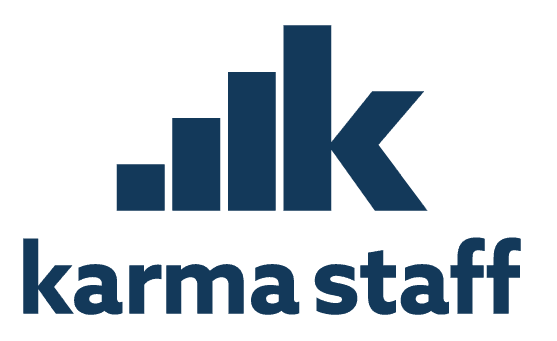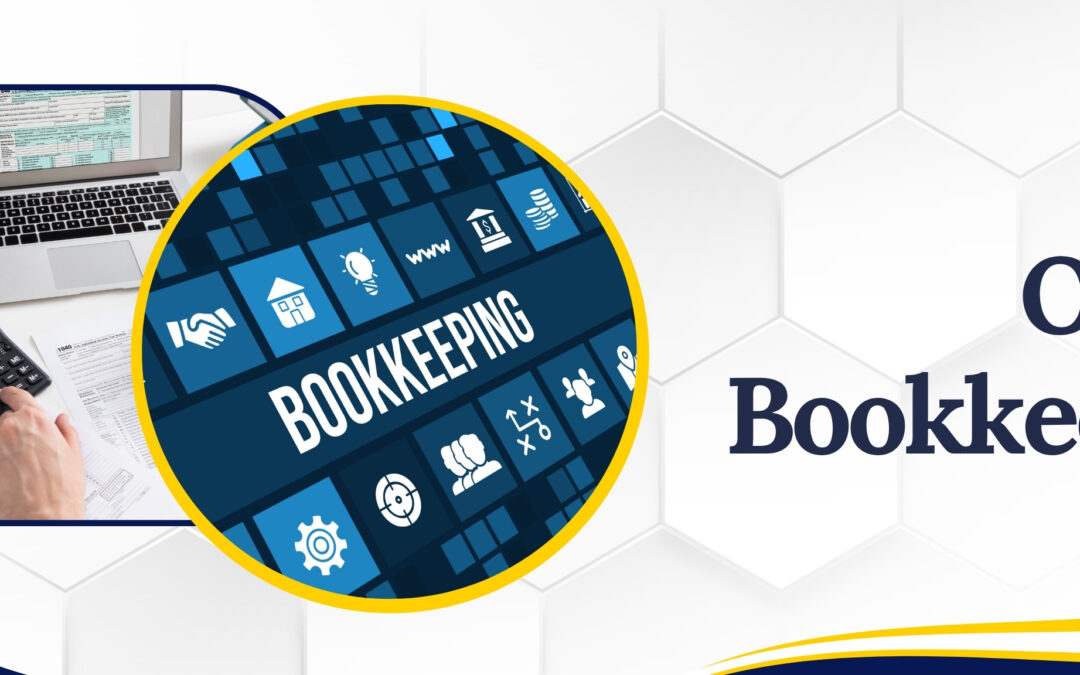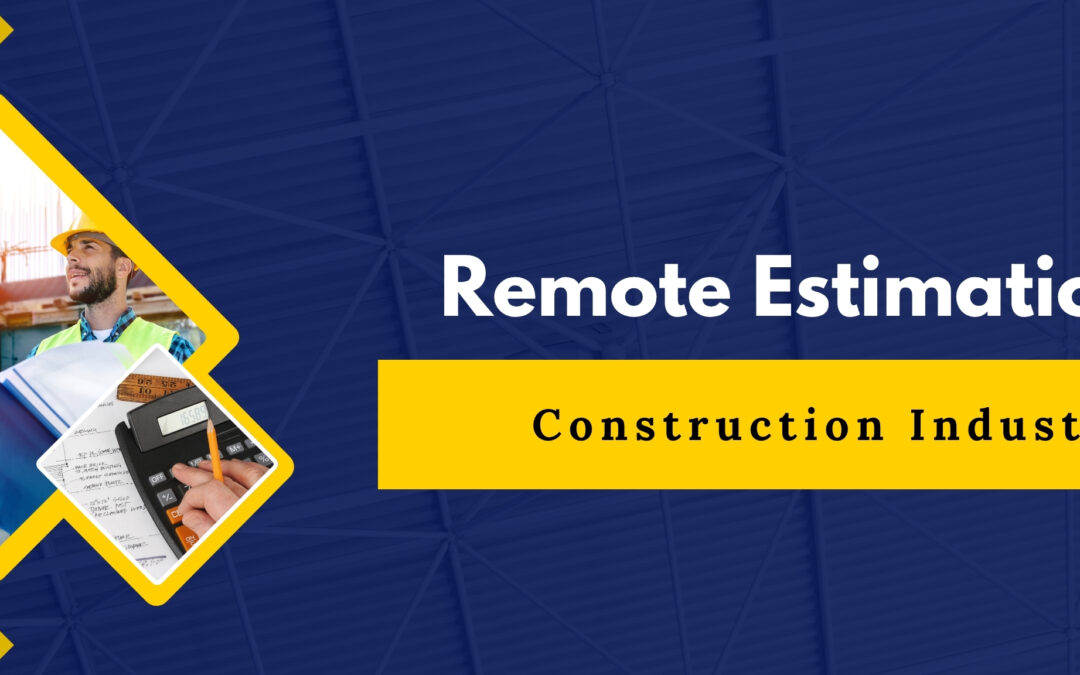The construction industry has undergone a major shift with the integration of digital workflows that streamline project planning from miles away. Today, firms can assess material quantities, labor costs, and timelines without ever stepping onto the job site. This evolution is led by the advancement of remote estimation in construction, which allows accurate and efficient project forecasting using data-driven platforms. In this blog, we will explore how this system operates, what tools support it, and how professionals ensure precision while working remotely on complex projects.
What Enables Remote Estimation to Work Accurately
The success of remote estimation in construction depends on the seamless integration of data, software, and cloud-based communication. Unlike traditional methods where estimators had to visit the site physically to gather measurements, remote systems rely on digital blueprints, satellite data, 3D scans, and project management platforms to build accurate forecasts.
These resources provide detailed information on terrain, topography, and existing structures. With the help of drones and site imaging software, estimators receive real-time visuals and updates, allowing them to refine costs and plans without delay. This significantly cuts down on travel time and reduces the overhead typically associated with on-site estimation.
How Teams Collaborate Remotely in Estimation
A key advantage of remote estimation in construction is its ability to connect multiple stakeholders from different locations. Project managers, architects, engineers, and cost estimators can collaborate within the same digital environment. Through centralized dashboards, everyone can access updated pricing, timelines, and changes in scope.
Many platforms offer version control and live annotation, which reduces miscommunication. Estimators can flag concerns or uncertainties in the design phase itself, ensuring smoother transitions during execution. This high level of transparency improves trust among team members and minimizes costly mistakes during later stages of construction.
Why BIM Plays a Key Role in Estimating
Building Information Modeling has become a cornerstone of remote estimation in construction. BIM software allows teams to create detailed 3D models of a building’s structure, systems, and spatial relationships. These models are embedded with rich data like material specifications, energy requirements, and structural loads.
By using BIM, estimators can generate quantity takeoffs and pricing forecasts that align closely with actual build conditions. This minimizes the risks of underestimating or overestimating material needs. BIM also enables automatic updates when design changes occur, ensuring cost calculations remain accurate throughout the planning process.
How Satellite Imaging Supports Remote Estimation
In regions where projects span large or undeveloped areas, satellite imaging plays a vital role. With the support of geographic information systems and aerial data, remote estimation in construction becomes far more precise.
Estimators can study the terrain, elevation, access points, and nearby infrastructure. This helps them make informed decisions about grading, excavation, utility routing, and logistics planning. It also adds context to the blueprint, ensuring the estimation accounts for real-world conditions that could affect project execution and cost.
What Estimators Do to Handle Cost Fluctuations
One of the biggest challenges in any project is accounting for unpredictable variables such as labor availability, material shortages, or fuel costs. With remote estimation in construction, professionals use predictive analytics and market data to anticipate changes.
Construction cost estimation tools are equipped with real-time pricing databases and market trend dashboards. Estimators can simulate multiple budget scenarios and include contingency planning right from the start. This kind of financial modeling adds resilience to the planning process and helps stakeholders prepare for uncertainty.
Which Construction Cost Estimation Tools are Most Common
Today’s estimators rely on a wide range of construction cost estimation tools to deliver consistent results. Some of the most trusted options include:
- Xactimate: Specializing in insurance and restoration work, offering precise estimates for property damage repairs.
- ProEst: A cloud-based platform that integrates with project management software and CRM systems.
- PlanSwift: Widely used for digital takeoffs and integration with CAD drawings.
- STACK: Ideal for subcontractors needing fast and accurate material and labor cost breakdowns.
- Trimble Estimation: Combines engineering design with budgeting capabilities, particularly useful for mechanical and electrical work.
These construction cost estimation tools allow teams to access data from anywhere, making them essential for firms that manage projects across cities or countries.

What Skills are Needed for Remote Estimation
Professionals engaged in remote estimation in construction require a focused skill set to ensure accurate forecasting and effective virtual collaboration. These core abilities enable estimators to work efficiently from any location.
- Software proficiency: Estimators must be skilled in using digital platforms such as ProEst, STACK, and PlanSwift to perform takeoffs and manage project data.
- Blueprint and 3D model interpretation: Understanding architectural drawings and BIM models is essential for identifying quantities and estimating project scope.
- Cost forecasting and data analysis: Estimators should be able to calculate and adjust costs based on labor, material availability, and changing market conditions.
- Remote communication and collaboration: Strong online communication ensures alignment between engineers, contractors, and clients during preconstruction planning.
- Risk assessment and contingency planning: The ability to identify risks and build in contingency budgets helps estimators create reliable and flexible cost projections.
Why Small Firms Benefit from Remote Estimation
Smaller construction firms often have limited personnel and resources. For them, remote estimation in construction presents an opportunity to bid on larger projects without the financial burden of frequent travel or hiring additional staff.
By using affordable construction cost estimation tools, small teams can produce competitive estimates while managing multiple bids simultaneously. This levels the playing field and opens up business growth that would otherwise be out of reach.
How Remote Estimation Supports Sustainable Practices
Reducing travel and site visits lowers carbon emissions and energy use. Digital blueprints replace printed documents, and cloud platforms minimize paper trails. Remote estimation in construction helps companies meet sustainability goals while optimizing operations.
Moreover, the precision offered by remote methods reduces material waste. With better forecasting, firms purchase what is needed and avoid costly overruns. This contributes to both environmental and financial sustainability.
Conclusion
Technology is reshaping how construction firms plan and execute their projects. With the rise of remote estimation in construction, teams now work smarter, faster, and with more accuracy than ever before. Supported by powerful construction cost estimation tools like Xactimate estimators, this method offers scalability, cost-efficiency, and precision for firms of all sizes. As the industry continues to adapt to digital workflows, remote estimation is becoming a standard that improves not only budget control but also long-term project success.
FAQs
Q1. Why is remote estimation in construction considered efficient for modern projects?
A: It saves time, reduces travel costs, and speeds up collaboration through real-time access to project data and designs.
Q2. How does remote estimation in construction help teams work across different locations?
A: Cloud-based platforms allow architects, engineers, and estimators to collaborate from anywhere using shared dashboards.
Q3. Which industries benefit most from using construction cost estimation tools?
A: Construction firms of all sizes, especially those managing multi-site or remote projects, gain speed and accuracy from these tools.
Q4. Can construction cost estimation tools handle complex design changes?
A: Yes, many platforms integrate with BIM and automatically update estimates when design modifications occur.
Q5. What basic skills are required to work effectively as a remote estimator?
A: Estimators need to understand cost forecasting, use digital tools, interpret drawings, and communicate well with teams remotely.







